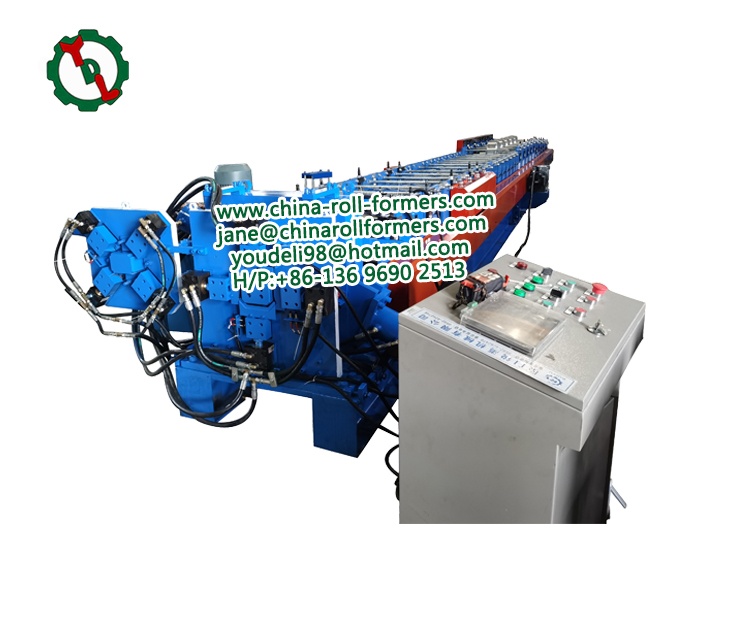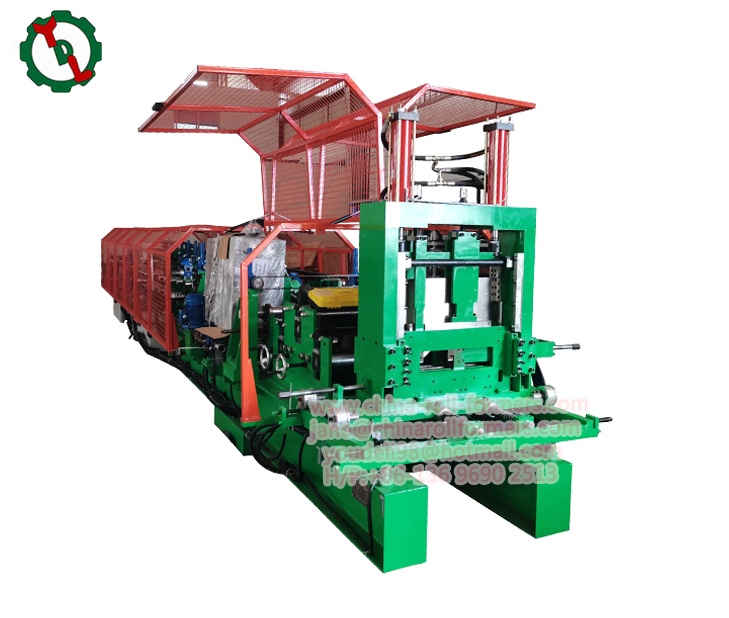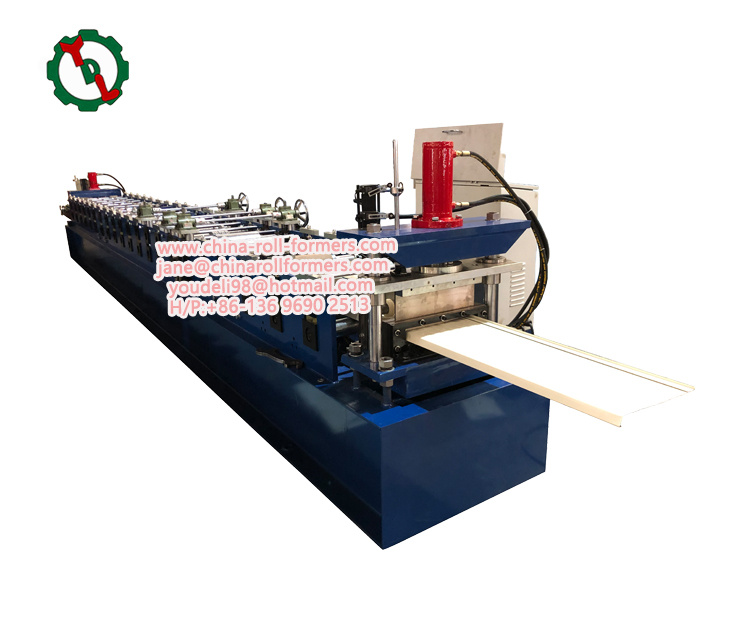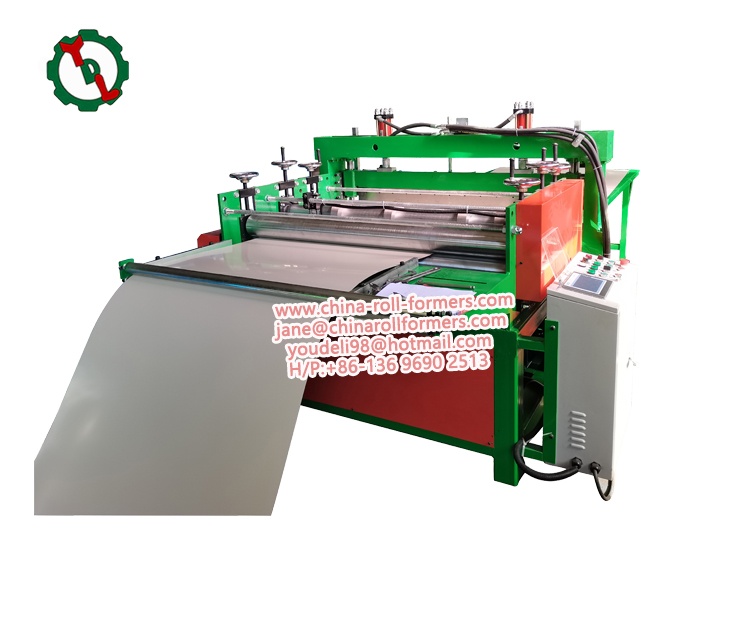Electric seaming machines are essential tools in a variety of industries, especially in packaging, metalworking, and canning processes. They are used to join the edges of two materials by creating a secure seam. Due to their intricate design and heavy-duty usage, these machines require diligent maintenance to ensure their longevity and reliable performance. Proper upkeep not only extends the lifespan of the machine but also prevents unexpected downtimes and costly repairs.
In this article, we will explore the critical aspects of maintaining an electric seaming machine, covering everything from routine inspections to advanced troubleshooting, lubrication, and parts replacement.
1. Components of an Electric Seaming Machine
Before discussing maintenance techniques, it’s vital to understand the key components of an electric seaming machine. Each component has a specific function, and understanding these parts can help diagnose and fix potential issues more effectively.
- Seaming Chuck: This holds the container or material in place during the seaming process. Ensuring proper alignment of the chuck is critical to avoid defects.
- Seaming Rollers: These rollers are responsible for pressing the edges together to create a tight seam.
- Electric Motor: The motor powers the machine, driving both the seaming chuck and the rollers.
- Gears and Belts: These are vital for transferring the motor’s power to other working parts of the machine.
- Control Panel: This allows operators to manage machine settings such as speed, pressure, and timing.
- Lubrication System: The system supplies lubrication to key moving parts to minimize wear.
By understanding these components and their roles, you’ll be better equipped to maintain your electric seaming machine.

2. Routine Maintenance: Ensuring Longevity
Regular maintenance of an electric seaming machine ensures that all components are functioning optimally. Routine checks should include daily, weekly, and monthly inspections, each targeting specific parts and functions.
2.1 Daily Maintenance
Daily checks should focus on preventing minor issues from escalating into larger problems:
- Visual Inspection: At the start of each shift, inspect the machine visually for any signs of wear, damage, or loose parts. Pay special attention to the seaming rollers, gears, belts, and chuck.
- Clean the Machine: Keep the machine clean by wiping down surfaces and removing any debris or residual material from the previous production run. A buildup of debris can lead to improper seaming and increased wear on components.
- Lubrication: Check that the lubrication system is functioning properly, and add lubricant if needed. Proper lubrication reduces friction and prevents the premature failure of bearings, gears, and other moving parts.
- Test Operation: Before starting full production, run a quick operational test. Ensure that the seaming process is smooth, without unusual noises or vibrations.
2.2 Weekly Maintenance
A more detailed inspection should be done weekly to address deeper mechanical issues:
- Deep Cleaning: Disassemble and clean components that are prone to accumulating residue, such as the seaming chuck and rollers. A clean machine is key to producing consistent, high-quality seams.
- Alignment Check: Proper alignment of the chuck and rollers is crucial for producing a perfect seam. Misalignment can cause faulty seams or even damage the machine.
- Inspect Gears and Belts: Check for wear and tear on gears and belts, as these are subject to constant stress. Replace any worn parts to maintain the smooth operation of your electric seaming machine.
2.3 Monthly Maintenance
Once a month, a more comprehensive check should be carried out:
- Electrical System Check: Inspect the electrical wiring and motor connections to ensure there are no loose or frayed wires.
- Motor Efficiency Test: Test the electric motor for power efficiency and signs of strain. A struggling motor may be a sign that further inspection is needed.
- Lubricant Replacement: Over time, lubricants can degrade and accumulate debris. Replace old lubricants to keep the electric seaming machine running smoothly.
- Roller Inspection: Check the wear on the seaming rollers and ensure they are within manufacturer-recommended tolerances. Excessive wear will affect seam quality.
3. Importance of Lubrication
Lubrication is one of the most critical aspects of maintaining an electric seaming machine. It minimizes friction and wear, ensuring that the machine runs smoothly.
3.1 Choosing the Right Lubricant
Using the right lubricant is essential for protecting your machine. The manufacturer’s specifications will indicate the appropriate lubricants to use for different parts of the electric seaming machine. Common types include:
- Grease: Ideal for gears and large bearings that undergo heavy loads.
- Oil: Typically used for smaller bearings and lighter loads.
- Synthetic Lubricants: Designed to withstand high temperatures and heavy-duty use, synthetic options often offer better performance and longevity.
3.2 How to Apply Lubricants
- Manual Application: Some machines require the operator to manually apply lubricant to certain parts. This should be done with care, ensuring that the lubricant is applied evenly and in the right quantity.
- Automatic Lubrication Systems: Many modern seaming machines are equipped with automatic lubrication systems. These systems distribute lubricant to critical areas at regular intervals. While convenient, these systems should still be checked periodically to ensure they are functioning properly.
3.3 Avoid Over-lubrication
While it’s important to keep the machine well-lubricated, over-lubrication can cause its own set of problems. Excessive lubricant can attract dust and debris, leading to blockages or contamination in sensitive areas. It can also cause components like belts and seals to degrade prematurely. Always follow the manufacturer’s guidelines for the correct amount of lubricant to use.
4. Troubleshooting Common Issues
Even with regular maintenance, issues can arise with your electric seaming machine. Here are some common problems and their potential solutions:
4.1 Poor Quality Seams
- Cause: Misalignment of the rollers or chuck, worn rollers, or incorrect settings.
- Solution: Check the alignment of the machine and recalibrate if necessary. Inspect the rollers for wear and replace them if needed. Adjust machine settings to match the materials being used.

4.2 Excessive Noise or Vibration
- Cause: Loose components, worn bearings, or motor problems.
- Solution: Inspect for loose bolts, worn gears, or bearings. Tighten any loose parts, and replace damaged components. Check the motor for signs of wear or overheating.
4.3 Machine Stoppage or Power Failures
- Cause: Electrical problems, motor issues, or overloads.
- Solution: Inspect the electrical wiring for faults and check the motor’s condition. If the machine overloads frequently, reduce the workload or adjust settings on the electric seaming machine.
4.4 Overheating
- Cause: Poor lubrication or excessive workload.
- Solution: Ensure that all moving parts are properly lubricated and that the lubrication system is functioning. If the machine is overheating under heavy use, consider reducing the workload or adding cooling mechanisms. Check the motor for signs of strain or damage.
5. Parts Replacement: When and Why
Knowing when to replace worn parts is essential for maintaining the long-term functionality of your electric seaming machine.
5.1 Signs of Wear
- Unusual Noises: Grinding or screeching sounds indicate worn gears or bearings.
- Inconsistent Seams: Degradation in seam quality could be due to worn rollers or misaligned parts.
- Increased Vibration: Excessive vibration is often a sign of imbalance or worn components.
5.2 Scheduled Replacement
Regularly replacing parts such as belts, bearings, and rollers ensures the electric seaming machine operates at peak efficiency. Follow the manufacturer’s guidelines for scheduled maintenance to prevent unexpected breakdowns.
6. Operator Training: A Vital Element
Proper training is critical for both the operator and the longevity of the electric seaming machine. Operators should be trained in:
- Basic Operation: Understanding the machine’s core functions and safe operation.
- Daily Maintenance: Operators should perform basic cleaning, lubrication, and inspection tasks.
- Troubleshooting: Early detection of issues can prevent significant damage.
Conclusion
Maintaining an electric seaming machine for longevity requires a combination of regular inspections, proper lubrication, timely parts replacement, and thorough operator training. By following these best practices, you can significantly extend the lifespan of your machine, reduce downtime, and maintain high production quality. Investing time and effort into maintenance not only prevents costly repairs but also ensures that your seaming machine continues to deliver consistent and reliable performance for years to come.






